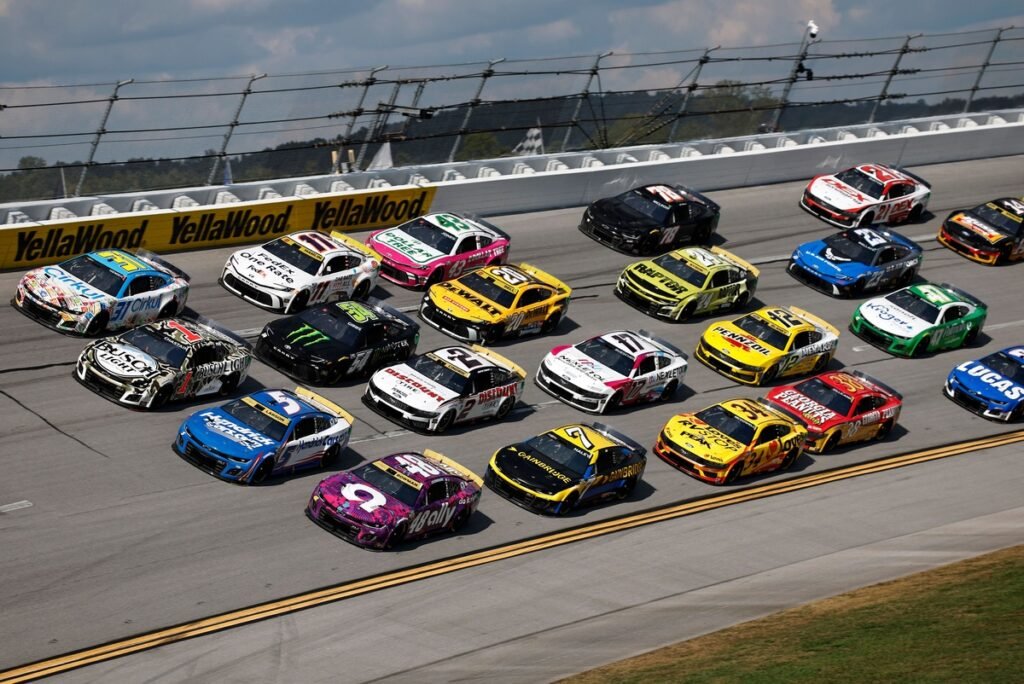Talladega Superspeedway: A Shift in Racing Strategy
In a recent demonstration of modern NASCAR strategy, the Talladega Superspeedway witnessed an intriguing blend of spectacle and tactical racing, primarily focused on fuel conservation. While fans delight in the sight of cars racing four-wide, the reality is that much of the action involves drivers operating at reduced throttle to meet fuel targets.
Tactical Racing Dynamics
Drivers are now adept at navigating the chaotic pack without going flat-out. This calculated approach allows them to preserve fuel, which is critical for achieving optimal pit stops. Ricky Stenhouse Jr., the latest Cup Series winner at Talladega, emphasized this trend: "The only thing that matters is how much fuel you have in your car." According to Stenhouse, teams that can economize on fuel during the race can significantly shorten their pit stops— a crucial aspect as tires become a secondary concern.
Race Statistics
Notably, recent races have shown instances where isolated cars have outpaced the entire field due to reduced overall speed in the pack. This contrasts sharply with the traditional view of superspeedway racing, where constant speed and position were paramount. Stenhouse noted, "Once you get to about 20th or 25th, it’s the best place to save fuel and be most efficient." His victory further exemplified this strategy—he started outside the top 30, a position from which he had previously succeeded.
Data shows that since the Next Gen era began in 2022, no pole-sitter has won a Cup race at Talladega, underscoring the importance of strategic positioning over outright speed.
Evolution of Racing Mindset
The shift in racing mindset, according to Stenhouse, has contributed to the emergence of this fuel-saving mentality. Teams are now collectively aligning their strategies toward conservation, shifting away from previous paradigms that prioritized leading positions without careful fuel management. "Now it’s like if you are somewhere in the top 15… you can leapfrog a lot of people," Stenhouse explained.
This evolution reflects a broader strategic adaptation within the sport, catalyzing changes that prioritize efficient racing over traditional speed dominance, thereby reshaping the dynamics at superspeedways.
Conclusion
The disconnect between fan expectations and the strategic realities of modern NASCAR racing, particularly at tracks like Talladega, illustrates a complex interplay of tactical awareness and competitive strategy. As fuel conservation becomes an increasingly critical aspect of the racing approach, teams and drivers are redefining their methodologies to succeed in an evolving motorsport landscape.


